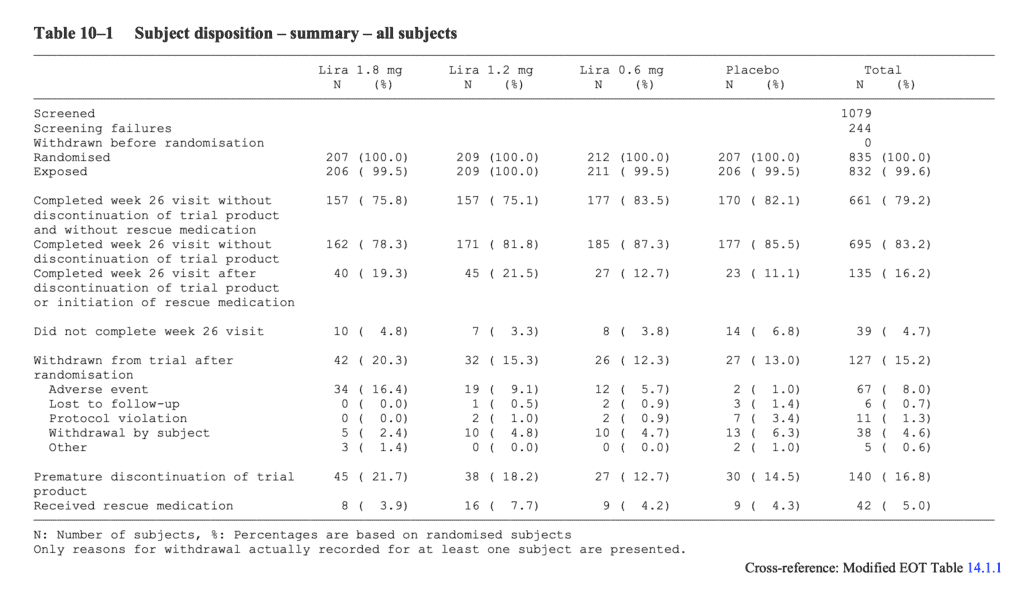TLF Automation with Generative AI
Automating Tables, Listings, and Figures
Narrativa’s TLF automation solution analyzes and summarizes datasets from a clinical study and transforms them into ready-to-use Tables, Listings, and Figures.
Solution trusted by


No-Code
No programming background needed
50%
Reduction in costs
80%
Faster
CLINICAL TRIAL TLF AUTOMATION
Narrativa’s Generative AI Automation Platform helps overcome the gaps associated with TLFs. Our solution utilizes artificial intelligence with the aforementioned technologies to go through thousands of layers of inputs and data to create TLFs.
Narrativa’s solution does not only understand the data but can also reason and interpret their meaning. This could save statistical programmers and analysts days (or even months) worth of time and spares them from going through thousands of static pages. Our solution is as easy as counting one, two, three: (1) Upload your files, (2) press a few buttons to provide parameters, and (3) then your TLFs are produced.

Benefits
- In a few minutes, generate TLFs that are compliant with regulations
- No programming experience needed
- Update titles and footnotes with ease
- Reduce/eliminate bottle-neck processes like frequent changes and quality checks when coding, creating, updating, and validating TLFs
- Accelerate regulatory submission to health authorities

TLFs Automation
CLINICAL TRIAL TLFs
Tables, Listings, and Figures (TLFs) are ways to analyze and summarize datasets of a clinical study into an easily readable format; they are created with the help of statistical programmmers and biostatisticians from the designated departments. After validating with the study statistician, medical writers use TLFs to create documents like clinical study reports (CSRs). Some TLFs are straightforward and easy to interpret, while others may require writing an extensive discussion to explain them. In addition to their value in CSRs, TLFs are used to answer regulatory questions and support publications based on the clinical data contained in them.
Gaps Associated with TLF Creation and Utilization
Creating TLFs is a tiresome process that involves frequent quality checks to verify the validity of the included information. Not only that, medical writers could request changes in the output, which requires additional time to rewrite the code that produced the TLF documents. This means new rounds of validation and quality checks to confirm the correctness of the new outcome.
In addition, medical writers spend significant amounts of time flipping back and forth between TLFs to interpret their meanings, confirm their correctness, and ensure consistency. All these processes lead to delays in delivering the final CSR to health authorities. The outcome is a considerable lag phase in providing life-saving medications and treatments to those needing them the most.
Contact us to learn more about how our Generative AI Platform can transform your business through TLF Automation.
or Contact us



